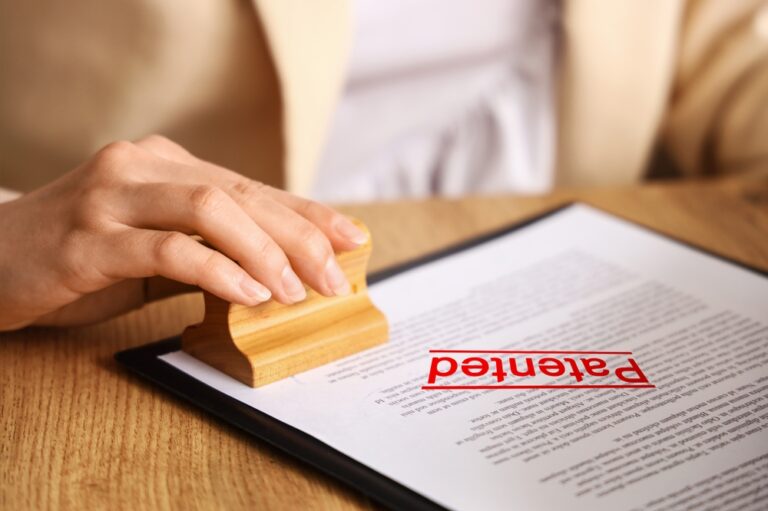Securing a patent for a consumer product is an important step in protecting your innovation and ensuring it stands out in the competitive market. This process, while complicated, opens doors to exclusive rights and opportunities for inventors. Here, we lay out five essential steps to acquire a consumer products patent. We aim to empower inventors to safeguard their creations and thrive in their entrepreneurial endeavors.
1. Understanding Patent Eligibility
Determining if your consumer product (or any other invention) is eligible for a patent revolves around three key criteria: novelty, non-obviousness, and utility. A novel invention has not been previously disclosed to the public. Non-obviousness means the product offers a unique solution not immediately apparent to others in the field. Lastly, utility requires that the invention provides a tangible benefit or solves a specific problem. For instance, a new kitchen gadget that performs a cooking task in a novel way might be patentable, while a purely aesthetic alteration to an existing tool likely would not be able to secure utility patent protection, although design patent protection may be available. Engaging with a patent attorney can shed light on these criteria, helping you assess your product’s eligibility effectively.
2. Conducting a Prior Art Search
A prior art search is the first practical step in the patent process, aimed at uncovering any existing patents, publications, or products that resemble your invention. This search helps determine the likelihood of your product being patented by revealing similar prior works. Starting with a basic search using online databases like the USPTO or Google Patents can provide a preliminary understanding of the landscape. However, interpreting the results and understanding their impact on your patent application can be complex. This is where the insight of a professional can be invaluable. They can conduct a thorough search using professional letvel databases and analyze the findings to ensure your innovation stands a good chance in the patenting process.
3. Preparing Your Patent Application
Preparing your patent application is a detailed process. The application must include precise drawings, a comprehensive description of the invention, and, most importantly, claims that define the scope of protection sought. Drafting claims is both an art and a science, as they must be broad enough to provide substantial protection yet specific enough to distinguish your invention from prior art. In addition, your application should clearly articulate how your product is used and its benefits. Given the complexities, many inventors benefit from professional assistance to navigate this stage. A well-prepared application not only increases the likelihood of approval but also maximizes the patent’s value and enforceability, providing a robust defense against infringement.
4. Filing the Application with the USPTO
Filing your patent application with the United States Patent and Trademark Office (USPTO) marks a significant step towards securing your invention’s protection. The USPTO offers an online filing system, making it accessible to submit your documents electronically for convenience and efficiency. This submission includes not just the application itself but also the payment of required fees, which vary depending on the type of patent and the size of the entity applying. After filing, it’s crucial to monitor the application’s status through the USPTO’s portal and be ready to address any queries or requirements the office may pose during its review process.
5. Responding to USPTO Actions and Maintaining Your Patent
After filing your patent application, the USPTO may issue actions or requests for additional information, known as Office Actions. These can range from requests for clarification to objections regarding your invention’s patentability. Responding effectively to these actions is critical for advancing your application toward approval. Once your patent is granted, maintenance fees are required at 3.5, 7.5, and 11.5 years to keep it in force. Additionally, consider filing for international protection if your product has a global market.
Contact an Experienced Patent Attorney
Gearhart Law can support you through every phase of securing your patent, from initial eligibility assessment to post-grant maintenance. Our team offers personalized guidance to optimize your patent strategy and protect your innovation. Reach out to us today to ensure your invention receives the protection it deserves.


